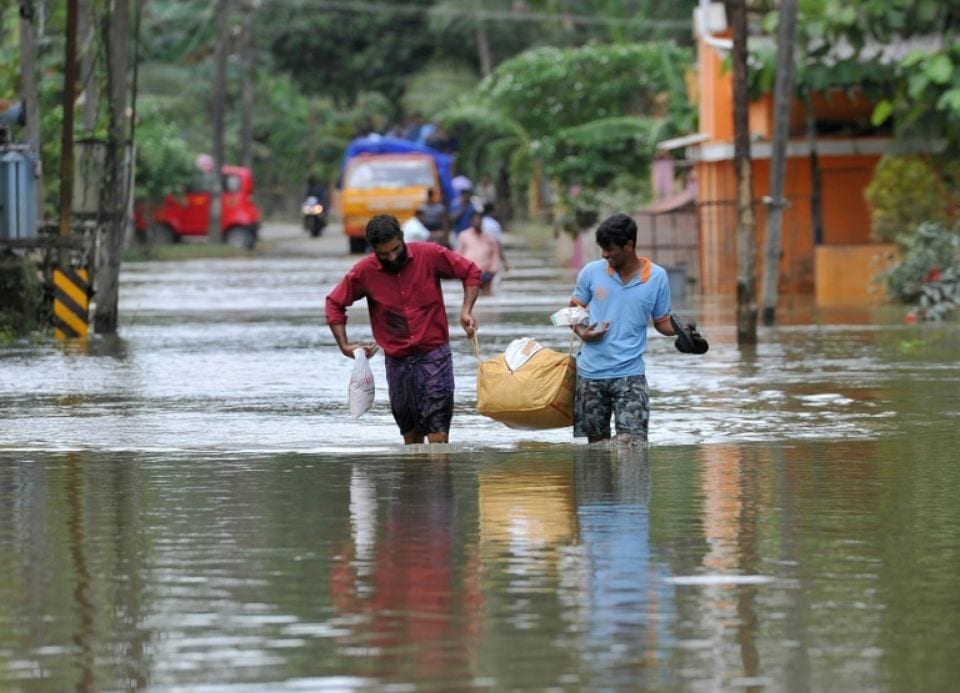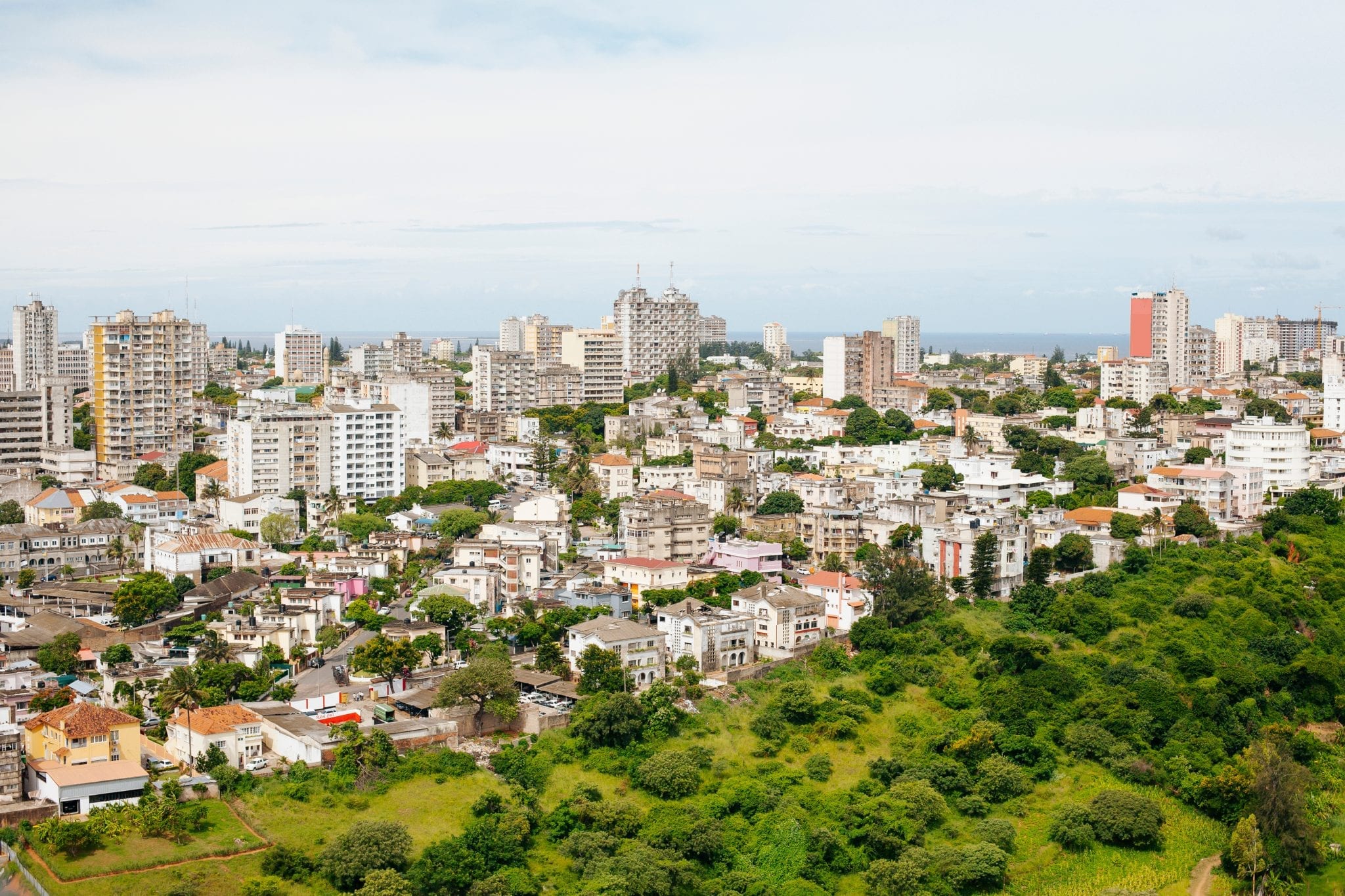Who Is Responsible for Making Urban Areas Resilient?
Increasing urban resilience means addressing the major issues of our time, from climate change to water & food security, while saving millions of lives and reducing financial loss, But who is leading the charge?
Over the last few decades, resilience has become a trending concept used in many fields, from ecology and psychology to engineering. Its application in urban contexts more specifically has shaped how cities are planned, managed and lived by all urban actors, from grassroots and local government to international organizations working on urban development. With an increasing majority of the world’s population living in urban centers, cities today mustbecome hubs of innovation and vectors of positive transformation if humankind is to thrive. Rapid urbanization does cause demographic, environmental, economic and spatial challenges such as overcrowding, water shortages, disease, and pollution, but when well-managed, urbanization can also help people escape poverty by providing jobs, access to clean water and sanitation, and promoting innovative solutions. Sustainable and resilient urban growth is therefore essential to ensuring we move closer to globally-agreed development targets such as those set out in the UN Sustainable Development Goals.
Urban resilience also makes economic sense. Reports from the World Bank indicate that a one-dollar investment in disaster preparedness may save as much as five dollars in economic losses.[1] Without increased resilience, an estimated 77 million urban residents risk falling (back) into poverty as a result of natural disasters. So, what isurban resilience? There is no single definition, but for UN-Habitat, a resilient city assesses, plans and acts to prepare for and respond to all hazards – sudden and slow-onset, expected and unexpected. While definitions may vary, key concepts including anticipating shocks to avoid disaster, learning from previous events, placing people at the center and effective response, are recurring key concepts.
Without increased resilience, an estimated 77 million urban residents risk falling (back) into poverty as a result of natural disasters.
Cascading effect of shocks
The same disaster can hit two cities almost equally but have a devastating impact on one and only minor repercussions on the other. In many cases, the difference can be attributed partially to infrastructure but also to underlying stresses that, when combined with a sudden shock, magnify the negative impact on the city’s population and functionality. Underlying stresses such as water shortage, high unemployment, or informality, make the city more vulnerable to natural shocks such as flooding, earthquakes, drought, as well as those related to human activity and climate change.

This underlying vulnerability may be the consequence of a lack of data and information on the city’s performance as a whole or the result of a lack of coordination, as many actors at local, national and international levels work in silos. Employment data that is not disaggregated by sex does not provide a complete picture of the most economically vulnerable; numbers on access to basic services that do not consider informal settlements will not be a solid basis when considering emergency measures; and a lack of information on informal settlements would deny potential recovery and reconstruction efforts. To address this, urban resilience approaches today are generally framed in a people-centered and holistic approach that considers the entire city and the resident population in its totality, including key vulnerable populations. Most approaches also seek to generate verifiable evidence bases for decision-making by engaging a wide array of stakeholders in the analysis, planning and implementation steps of resilience building.
Who should and can act?
The simple answer is: everyone.Advancing towards resilient cities requires working in a cross-sectoral, coordinated and inclusive manner that engages all stakeholders from grassroots initiatives to national governments. It may appear that national governments are the only actors with the competency to address major challenges such as climate change and disaster preparedness, however most solutions require varying degrees of local knowledge, commitment and leadership to be effective. When local knowledge is mobilized and considered in large-scale investment or policy reform, the results are fruitful and more sustainable over the long-term.
The Barcelona City Council provides an example of locally-led resilience action. In 2008, the City Council created a series of resilience boards with the specific intention to gather key actors in the city to define a collective response to natural hazards such as flooding. These boards comprise multidisciplinary working teams in which technical staff from the City Council collaborated with other non-municipal public and private organizations to reduce the city’s vulnerability to risks associated with infrastructure and services. By opening new channels for dialogue and better understanding each actor’s role, the boards were able to identify vulnerabilities in the urban system and, by pooling data, information and resources, address them efficiently.

Building on the positive results and the engagement resulting from this collaborative approach, the scope of the boards was extended to include other types of vulnerabilities deriving from natural and human-made risks that could compromise the functionality and delivery of services in the city. Today, the city council boasts a highly-developed resilience unit and control center that gathers information and data on potential risks from across the city and creates an institutional space for the city’s holistic resilience approach. One of the biggest challenges in this process was convincing stakeholders of the mutual benefit of working together. However, the process quickly revealed the collective advantages of resource optimization and longer-term economic savings.
Advancing resilience in cities
Examples of innovative practices to increase urban resilience are increasingly commonplace among the urban development community. Arguably the most visible initiative has been the 100 Resilient Cities program led by the Rockefeller Foundation. However, many other organizations and programmes are also supporting cities of all sizes and in all geographical regions to become more resilient. Many interventions involve punctual support or project-based interventions that inject resources to boost resilience building efforts in cities. The result is often a robust Resilience Action Plan or Strategy that the city can use as a roadmap to increase resilience over the foreseeable future.
Shorter-term resilience interventions are highly successful in most cases, however, in others, the beneficiary cities are not able to maintain efforts after the end of the project or once funding sources dry up. To provide an alternative response to cities with limited capacity, UN-Habitat works with local governments to identify its risks, increase dialogue with local stakeholders, build on existing plans, programs and initiatives, and lead the resilience process. The ultimate aim of the collaboration between UN-Habitat and the city is not to create a plan which, in some cases, may end-up in the archives and not with the key decision-makers or practitioners, but to create a shared vision of resilience by consensus.
UN-Habitat works with local governments to identify its risks, increase dialogue with local stakeholders, build on existing plans, programs and initiatives, and lead the resilience process.
There is a growing appetite among local governments to take action on risk management and define the resilience agenda in their cities. The Making Cities Resilient Campaign, launched by UNISDR, the UN agency for disaster risk reduction, has gathered signatures from over 4,000 mayors and city leaders who are committed to making their cities safer. The unique opportunity we have now is to empower these cities to take action and support each other in sharing good practices. The Sustainable Development Goals call for safe and resilient cities (SDG 11) and increased partnerships (SDG 17). To build urban resilience at the global scale, partnerships within cities and between cities will ensure we can take action to the kind of scale required.
A global response to urban resilience
As rapid urbanization continues in many regions of the world, local governments and their partners are struggling to provide basic services to growing populations, meaning considerations of risk and resilience are often overlooked. The role of international organizations such as UN-Habitat is to ensure that the necessary capacity and conditions are in place for these cities to tackle resilience in an informed and effective manner. In concrete terms, this means addressing the three key bottlenecks to resilience: (1) awareness, (2) capacity, and (3) resources.

On awareness, UN-Habitat, like many international organizations, is advocating for collaborate efforts to build resilience among local, regional and national governments, non-governmental organizations, academia, the private sector and all other groups that can help make cities more sustainable and resilient. This awareness raising is realized through global and local events such as World Cities Day or Barcelona Resilience Week, and by providing accessible resources on resilience. To build capacity, UN-Habitat is supportingcity-to-city cooperation, peer-learning and capacity-building interventions as well as engaging in direct cooperation with cities such as Asuncion, Dakar, Maputo, Port Vila and Yakutsk. To help cities access the resources they require to act, UN-Habitat is supporting the implementation of a global development agenda that calls for local action on resilience such as the Sendai Framework for Disaster Risk Reduction and holding the international community accountable for these goals.